DailyClout Celebrates Black History Month
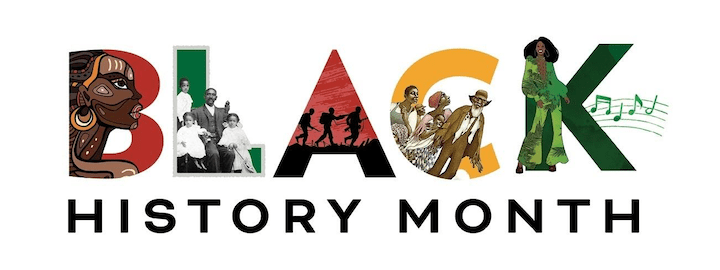
We are excited to join our fellow Americans celebrating Black History Month by focusing on the artists, writers and intellectuals collectively known as the Harlem Renaissance. As if they were particles in a nuclear reactor, these artists bounced off, compounded with, and split from each other to generate some of the towering achievements of 20th century American culture.
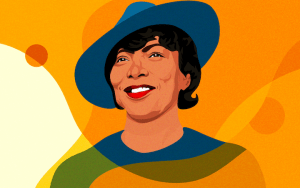
During the 1920s and 30s, these African-American women and men made their home in Harlem, which is perhaps New York City’s most famous neighborhood. But their impact went “viral” even before the internet, and it radiates through music, dance, art, fashion, literature, theatre and politics down to our own day.

You may know of the novelist Zora Neale Hurston (Their Eyes Were Watching God, 1937), the poet Langston Hughes (who wrote the poem “The Negro Speaks of Rivers” at the age of 17. Listen here: Langston Hughes reads The Negro Speaks of Rivers) or the painter Jacob Lawrence (whose Migration Series, depicting flight of Black Americans from the South to the North – the largest internal migration in modern history – is in the permanent collection of The Metropolitan Museum and The Whitney Museum of American Art).
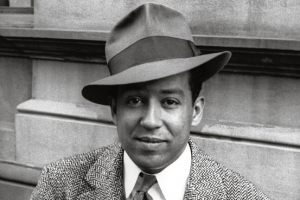
Hughes was the primary gravitational force attracting the Harlem Renaissance’s famous social circles. These circles were as luminous and protean in their influence as were those centering on artists and writers Gertrude Stein, Pablo Picasso and Ernest Hemingway in Paris during the same period.
Hughes and his “Renaissance” friends were socially ablaze in the nightlife concentrated near 133rd Street, between Lenox and Seventh Avenues.
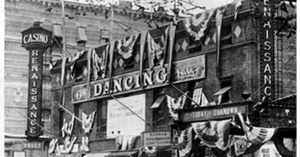
Styled “Jungle Alley” by the contemporary press, this “Harlem-world” featured ritzy jazz clubs such as The Renaissance Casino and Ballroom, Small’s Paradise, and Connie’s Inn, where Hughes became a veritable fixture of the Jazz Age. At the tables he frequented, he was often joined by his close friends Thurgood Marshall, later the first African-American Supreme Court justice, the singers Billie Holiday and Ethel Waters, and the novelists Carl Van Vechten and Charles McKay.

Langston Hughes was, at first, far more famous than was his protege, Dr. Martin Luther King, Jr. for whom Hughes wrote several poems.
Hughes died in 1967, of complications from a botched abdominal operation.
His ashes are buried beneath a mosaic of “The Negro Speaks of Rivers” at the Schomburg Center for Research in Black Culture, in Harlem.
Langston Hughes, we miss you dearly.
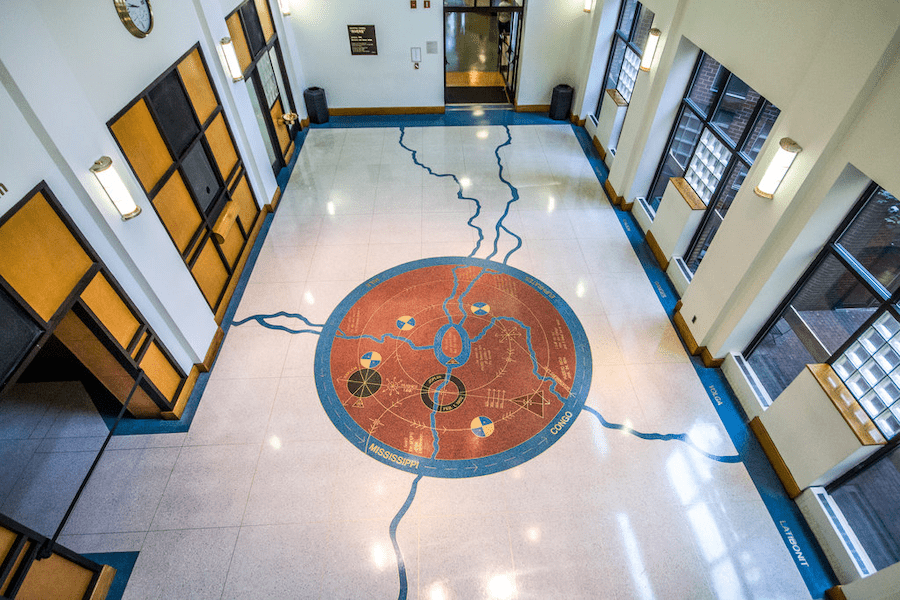
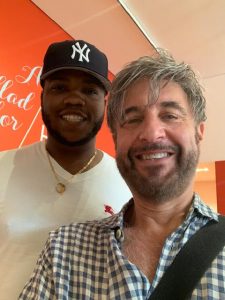




Simply marvelous!
Beautifully written, and full of information that I never knew. Very informative . I loved this article.